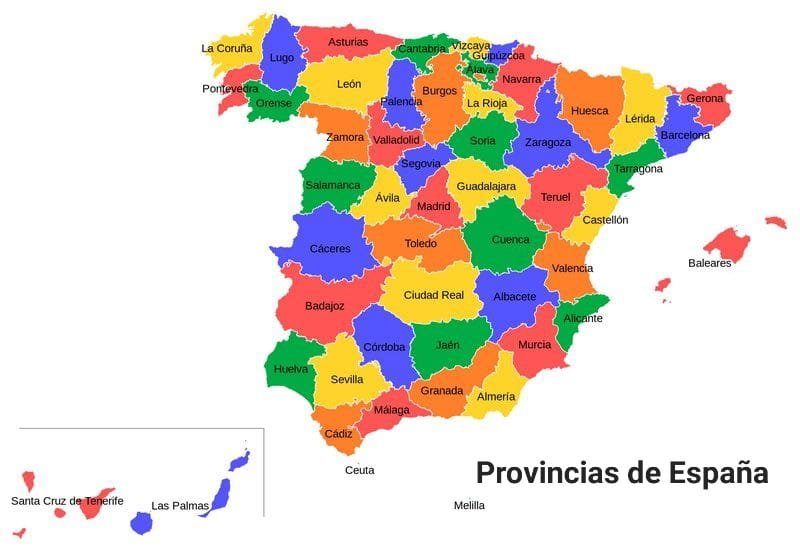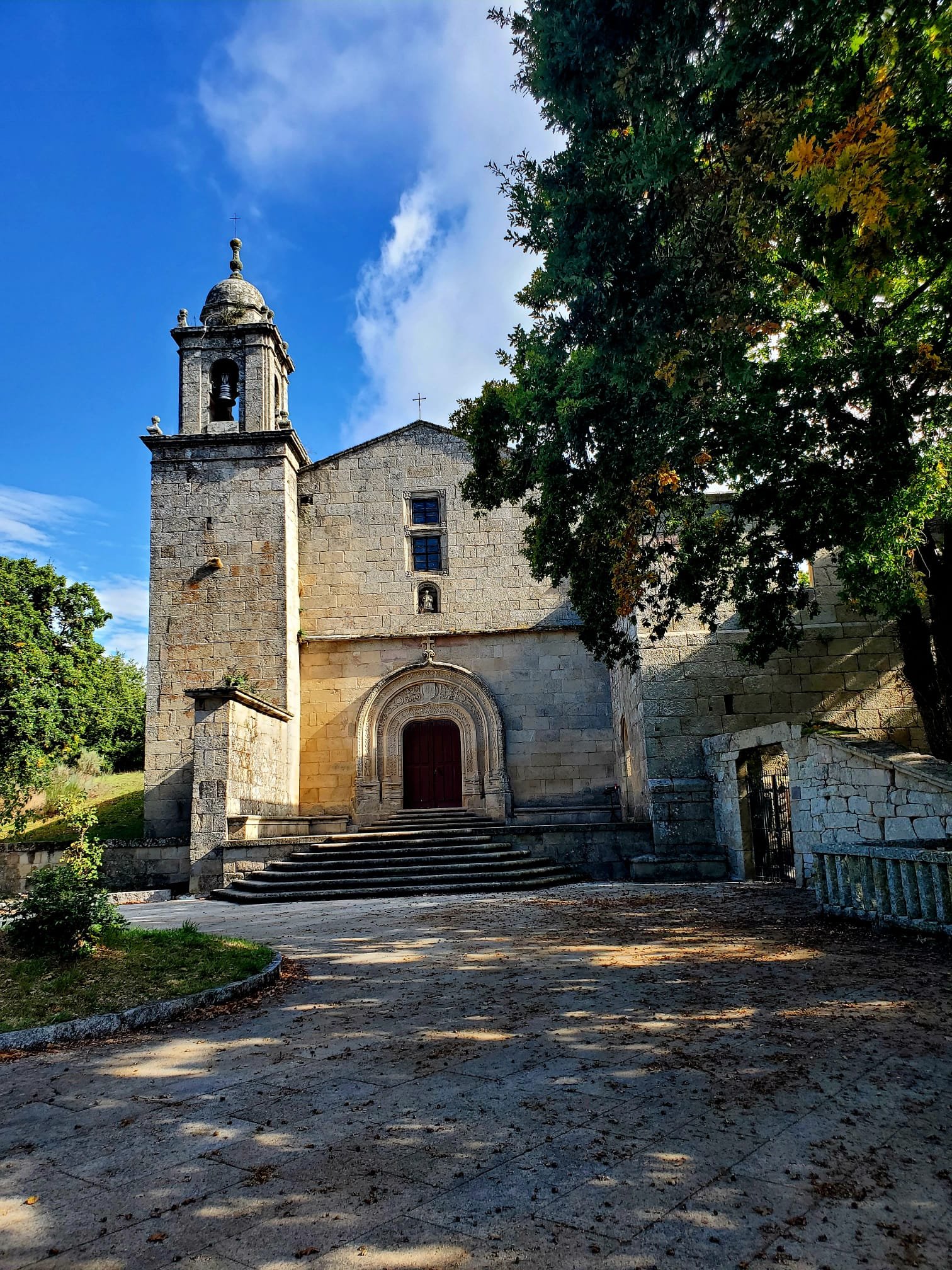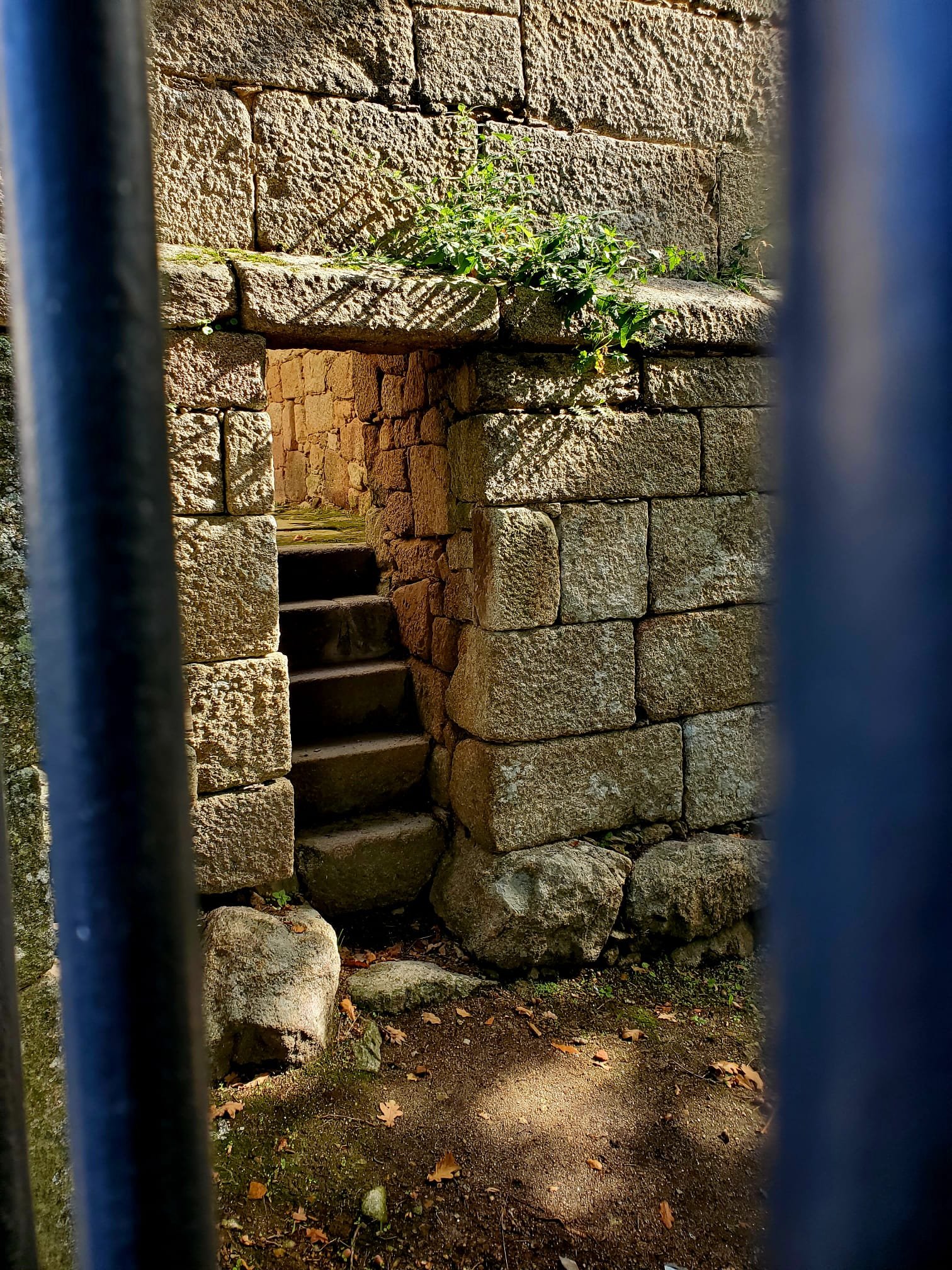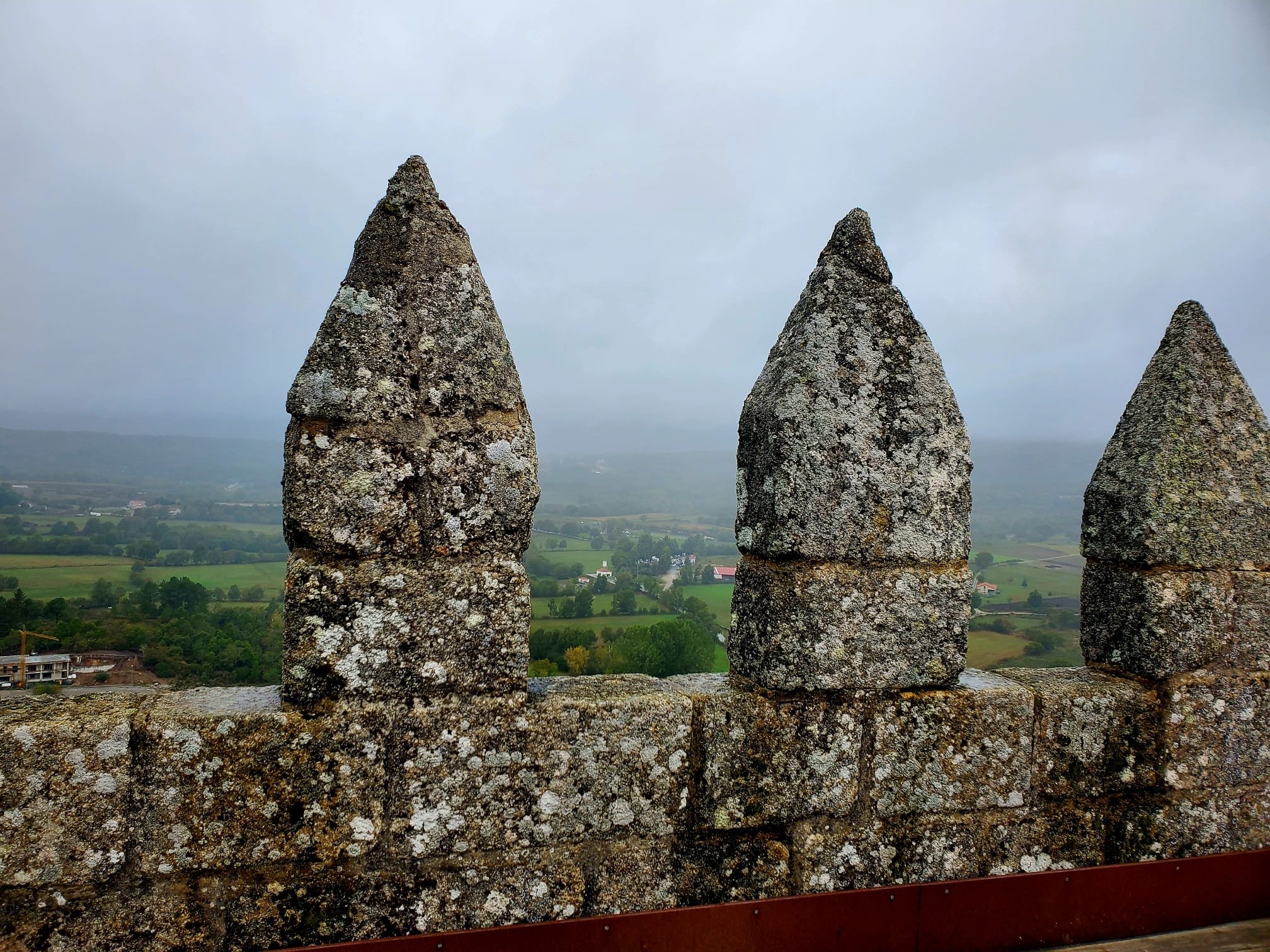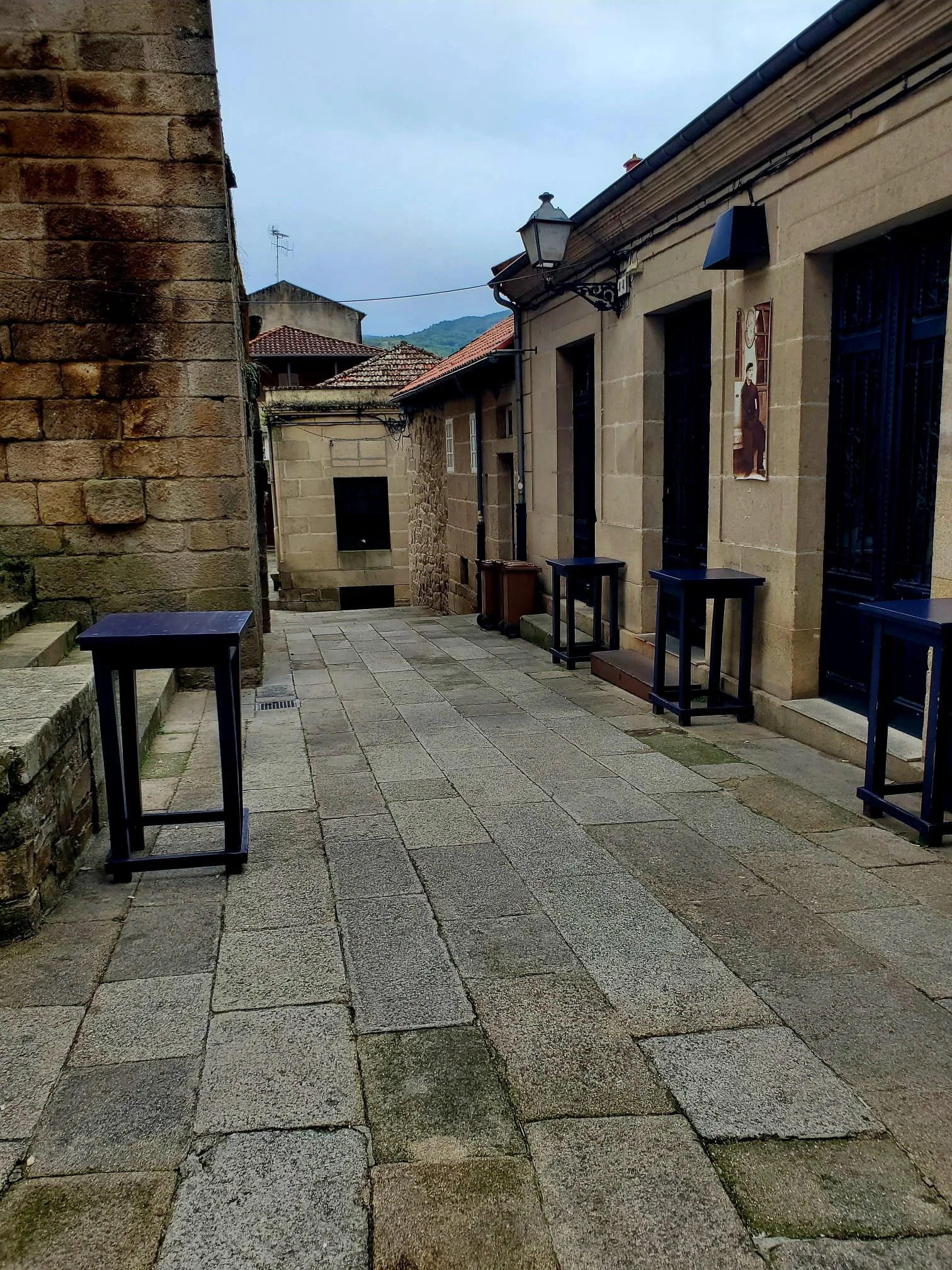Click here to read the previous post, Adjusting to Life in Spain: Damn, I Can’t Find My Favorite Products Here!
People talk a lot about Galicia here in Spain.
Galicia is an autonomous community (roughly equivalent to a state or province) in the northwest of Spain, bordered by the Atlantic Ocean to the west and north, Portugal to the south, and the rest of Spain to the east.
In addition to seafood and wine, this region is known for its picturesque coastline, and lush, green landscapes. Because the climate is influenced by the Atlantic, this means winters are wet and summers are cool — the perfect getaway during the oven-hot Augusts in central Spain.
Also, as I discover on my first trip up there, Galicia has a strong Celtic influence, which is evident in its music – note the bagpipes in this video:
So when my friend C (of my birthday celebration and El Escorial), her sister, and her brother-in-law invite me to their house up in Galicia for five days, I can’t say “Sí” fast enough. What a wonderful opportunity! And there’s no better way to discover a new place than with someone who knows it well.
The trip from Madrid to Galicia takes about 4.5 hours by car and most of what we drive through is the countryside.
We stop halfway at a gas station to fill up, use the bathroom, and hydrate, and I am delighted to see that even in a gas station café, Spaniards relax and enjoy an espresso in a porcelain cup and saucer. No takeout cups for them!
Porcelain cup and saucer in a roadside gas station café in Spain.
We arrive at Xinzo de Limia, a town and municipality in the province of Ourense, in the autonomous community of Galicia, Spain.
Spanish Lessons Sidebar
Ok, a couple of things:
One, the "X" in the Galician language is pronounced like the English "sh" sound, and “z” is pronounced “th,” so "Xinzo" sounds like "Sheen-tho."
Two, Galician is the language they speak in Galicia. Although Spain’s official language is Castilian (i.e. Spain Spanish), some communities have their own languages: Basque (the English word for Euskara, the name used by native speakers) in the Basque Country and Navarre, Catalan in Catalonia, Valencia and the Balearic Islands, and Galician in Galicia.
Two B, "Galician" is how this language is referred to in English, while "Galego" is how speakers of the language refer to it in their native language.
Three, remember when I said earlier that “Galicia is an autonomous community (roughly equivalent to a state or province)”? Well, that’s not entirely accurate.
Spain is divided in 17 parts called autonomous communities, and each of these communities has its own executive, legislative and judicial powers.
Spain is then broken into fifty smaller parts called provinces, which are territorial divisions defined as a collection of municipalities. Each autonomous community may consist of one or more provinces.
Source: Wikipedia
The difference is that autonomous communities have political autonomy, while provinces are administrative units within those communities without self-governing powers.
Ok, now back to our regularly scheduled program.
Xinzo de Limia, Galicia
So we get to Xinzo de Limia and go straight to a favorite restaurant of theirs that is known for (as is pretty much all of Galicia) seafood. When this dish – calamari – is set on the table, I admit that I stare at it for a minute.
Calamari, a popular dish in Spain.
But after a glass or two of El Marido de Mi Amiga (My Friend’s Husband), a white, semi-sweet wine, I declare, “I said I wanted to experience all that Spain has to offer, so by god I will experience this!”
A bottle of El Marido de Mi Amiga (My Friend’s Husband) wine.
The calamari (not to mention mussels and the other dishes) were actually not bad.
Trandeiras Monastery
The next day, C and I go for a walk so she can show me a nearby monastery. The small countryside village is made up of primarily stone buildings.
The village of Trandeiras.
Most buildings in Galicia are made of stone because there is an abundance of granite and other types of stone in this area, which makes it the most practical material to build with. Plus, it helps keep houses cool in the summer and warm in the winter, not to mention protects against the region's very rainy weather. Also, it just looks fantastic. Like every house is a miniature castle.
An abandoned building in the village of Trandeiras.
The Monastery of Bo Xesús de Trandeiras is now in ruins, although at first I don’t realize it when I see the front. It was founded in 1523 by Alonso de Piña, and at first was just a church, but eventually it became a complete monastery. Of the ruined building, the church remains the best preserved part (as you can see from this picture).
The Monastery of Bo Xesús de Trandeiras.
I take a peek through the bars and immediately want to explore the building and grounds.
The ruins of the Monastery of Bo Xesús de Trandeiras through bars.
Secret entrance into the Monastery of Bo Xesús de Trandeiras!
C and I slip through and walk around. The cloister here isn’t as well preserved as the church, but the 28 arches are still mostly standing.

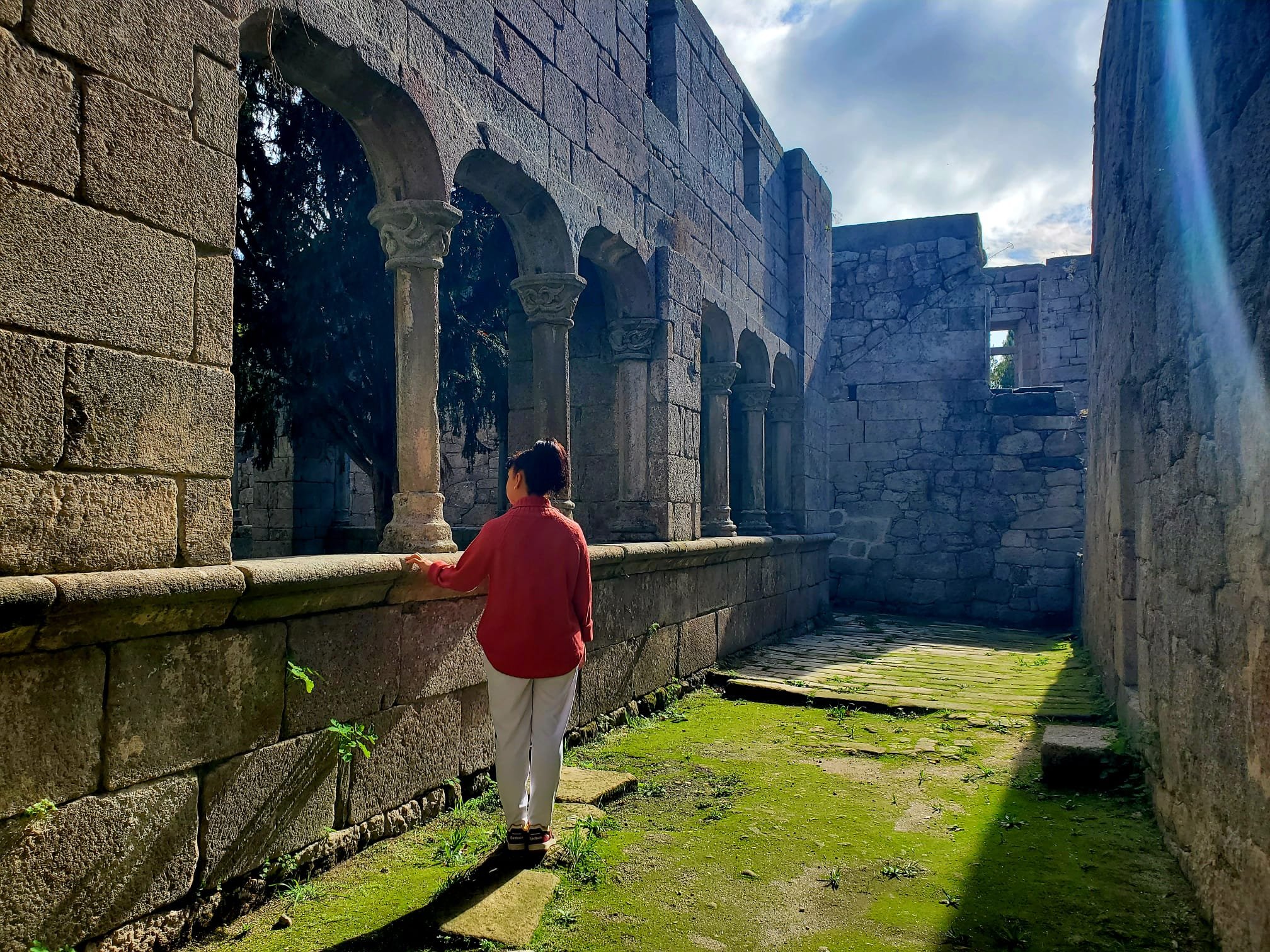
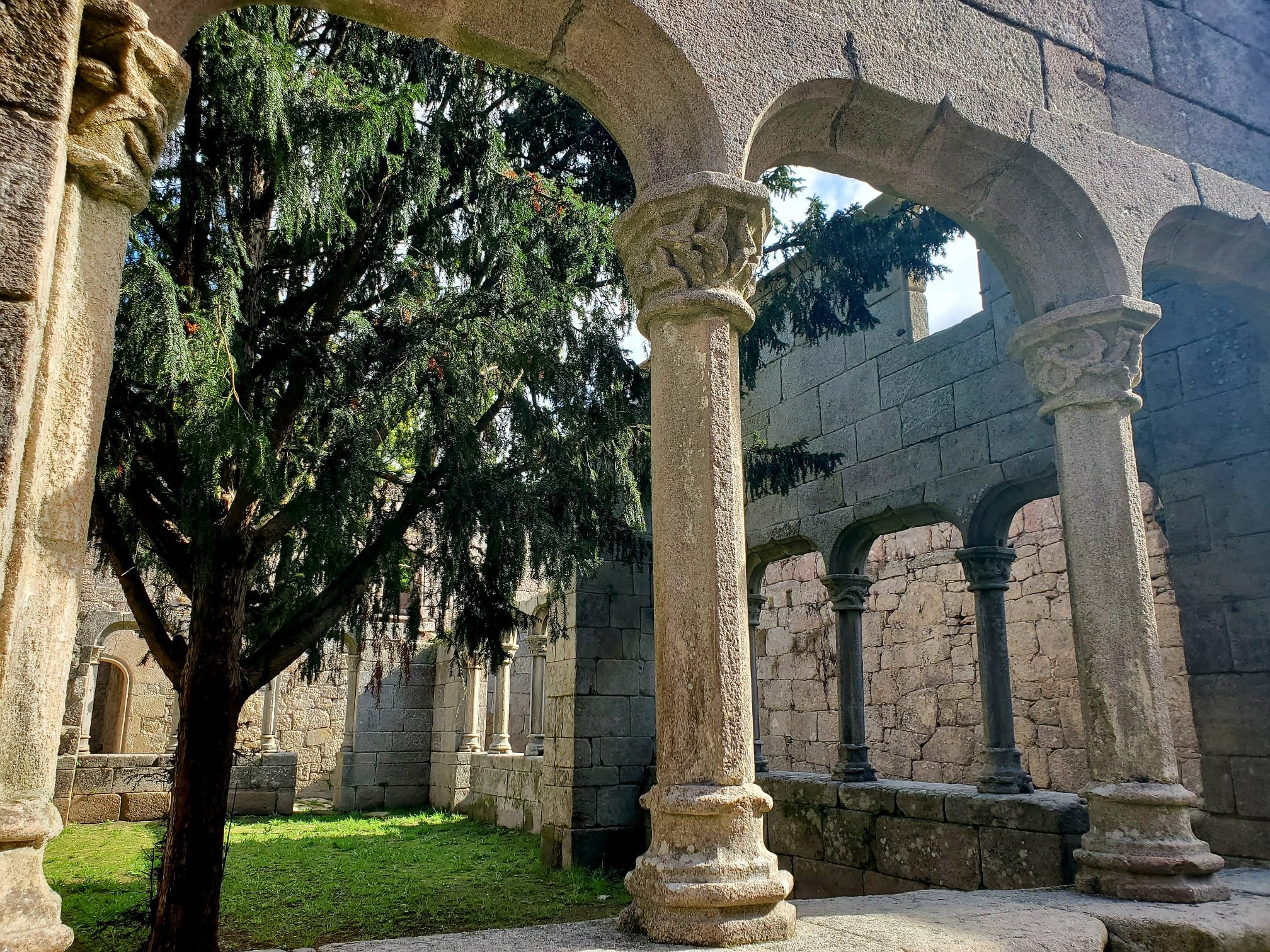
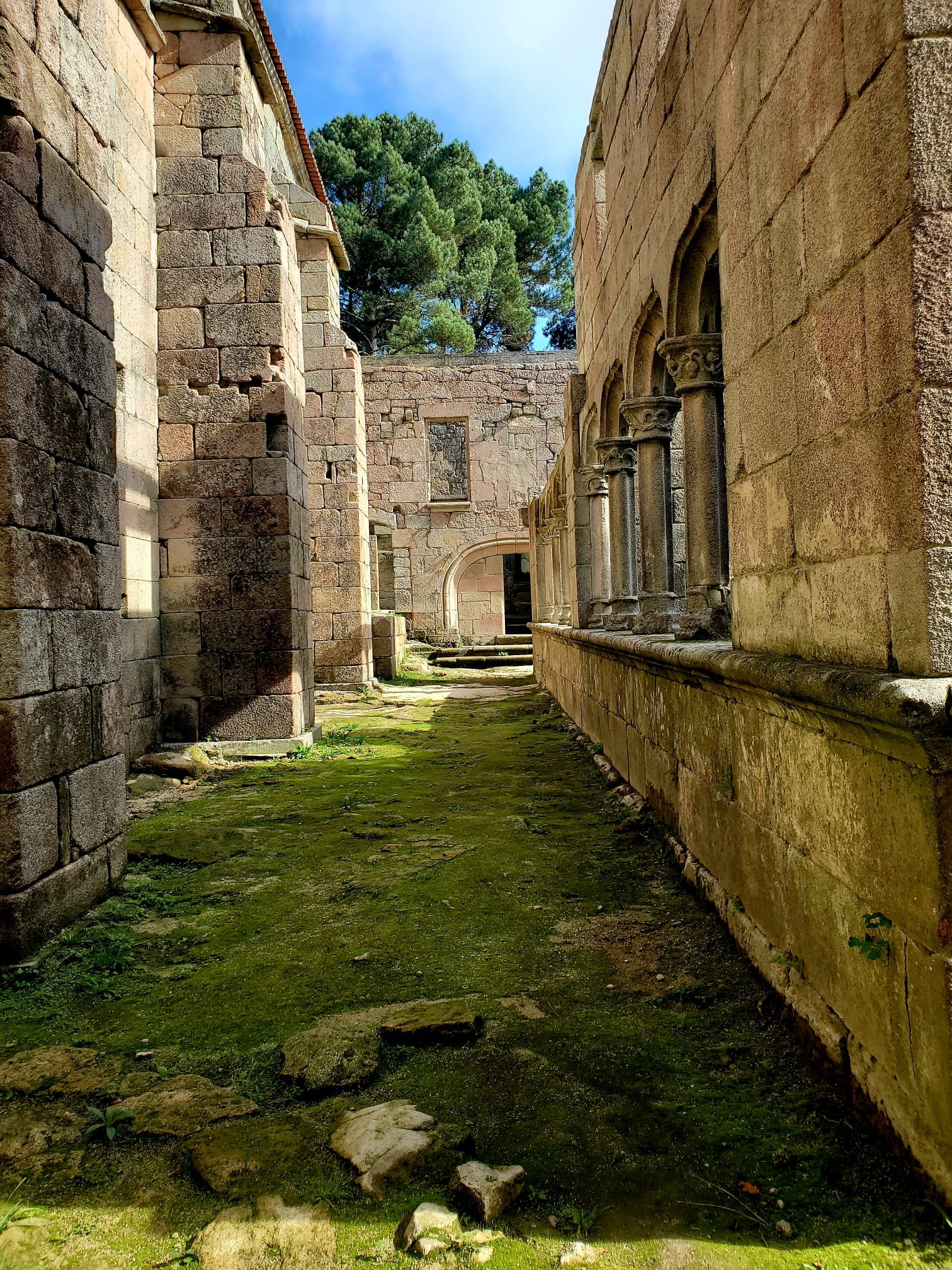
In 1668 it was destroyed by a fire, rebuilt soon after, but then started falling into disrepair during the Peninsular War against the French in the 19th century after invading troops destroyed the church. Another fire finally destroyed what was left of the monastery in 1813.
Seafood Festival
Later that day, our foursome heads to O Grove, a town on the coast of Galicia, for their annual “Fiesta in Honour of Seafood.”
Yep, this is definitely the “Fiesta in Honour of Seafood” in O Grove, Galicia!
The locals set up dozens and dozens of stalls where they prepare fresh fish and shellfish, and the idea is to go around to as many stalls as you can to try a little bit of everything. To make it easier, you pay up at the front and then just show your receipt.
Mussels and clams and croquetas, oh my!
There is also live music, traditional dance, and sporting events, and thousands of people attend this festival every year. We walk around the shoreline until it gets dark, and then we head home.
The shoreline of O Grove, Galicia, near the “Fiesta in Honour of Seafood.”
Portugal
The following day it is cold, rainy and overcast – which is how I pictured Galicia and is, therefore, perfect! As long as you’re not planning a barbecue at the beach, a cold rainy day can be very picturesque. And delightfully cozy.
Today we drive down to Montalegre, Portugal, and I’d never know we’d crossed into another country had I not been told. Northern Portugal looks exactly like Galicia, lush green landscape, gray skies, sturdy stone buildings and all.
Montalegre, Portugal.
At the restaurant, we dash from the car to the front door to avoid being soaked by the rain, and are shown to a table in the corner next to a window. The place is rustic, homey – and quiet. There’s no music and nobody’s talking loudly.
At the end of the meal – more seafood, more deliciousness! – C asks the waiter: "Nos invitas a un chupito?" (“Can you treat us to a shot?”).
Here’s one of the most interesting things I’ve learned since moving to Spain: It’s an old tradition in many parts of Spain – and, as I learn today, in Portugal, too – to ask for a free digestif after a big meal, especially in family-run restaurants. It’s a sign of appreciation by the customer.
According to C, most waiters oblige, particularly if it’s clear that you’ve enjoyed your meal.
The shots offered are typically digestifs, like:
Orujo: A strong spirit made from grape pomace, often compared to Italian grappa. In Galicia, orujo de hierbas (herbal orujo) is quite popular.
Licor de Hierbas: A herbal liqueur that is slightly sweet and aromatic.
Crema de Orujo: A creamy, sweet liqueur similar to Baileys, made with orujo.
Our waiter happily provides the shots for us, even allowing us to pour our own (that’s trust for you!). The Beirão liqueur – made with cinnamon, cardamom, nutmeg and vanilla, in a mixture of grape brandy and sugar syrup – is delicious!
Beirão liqueur for our chupitos (shots).
Before getting into the car again, C and I take a walk up the road to Montalegre Castle and see some ruined structures along the way.
Building ruins on the path to Montalegre Castle in Portugal.
Montalegre Castle is a Portuguese medieval castle and national monument, which was built during the reign of King Alfonso III of Portugal and was finished in 1331.
The medieval Montalegre Castle in Portugal.
There is no one else there, and C and I climb the interior stairs and walk around the towers.
Walking around Montalegre Castle in Portugal.
The towers of Montalegre Castle in Portugal.
Allariz, Galicia
On our last day, we take a little excursion to a nearby town, called Allariz. This is another very beautiful, very historic small town with stone buildings and narrow cobblestone streets.
We start our walk at the Arnoia River, with plenty of trees and parks alongside.
Arnoia River in Allariz, Galicia.
Crossing the Arnoia River in Allariz, Galicia.
Eventually the path takes us into town.
Heading into "downtown" Allariz, Galicia.
We stop for a drink in a bar in a strange little courtyard-type square.
A little plaza in Allariz, Galicia.
Then continue on into “downtown” where C and her sister do a little shopping.
Shops in "downtown" Allariz, Galicia.
The next morning we’re up early and hit the road before sunrise. I don’t remember much of the trip back because I was drifting in and out of sleep in the backseat of the car with the hum of the road as my lullaby (although I did wake up once to pounding rain and another time to blinding fog).
Click here to read the next post, Adjusting to Life in Spain: How Am I Improving My Spanish?
Note: All photos taken or created (using DALL-E) by Selena Templeton, unless otherwise noted.
If you enjoyed reading this travel blog, check out some of my other adventures:





